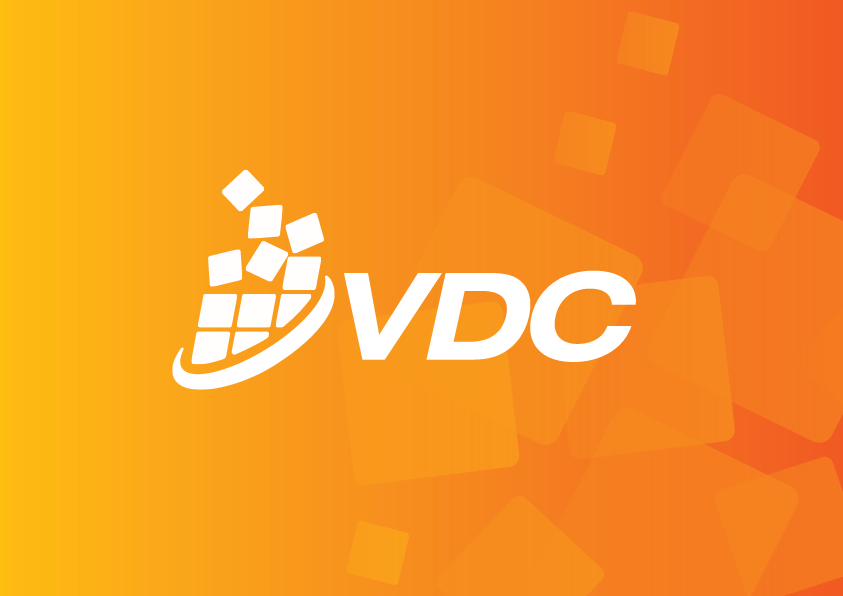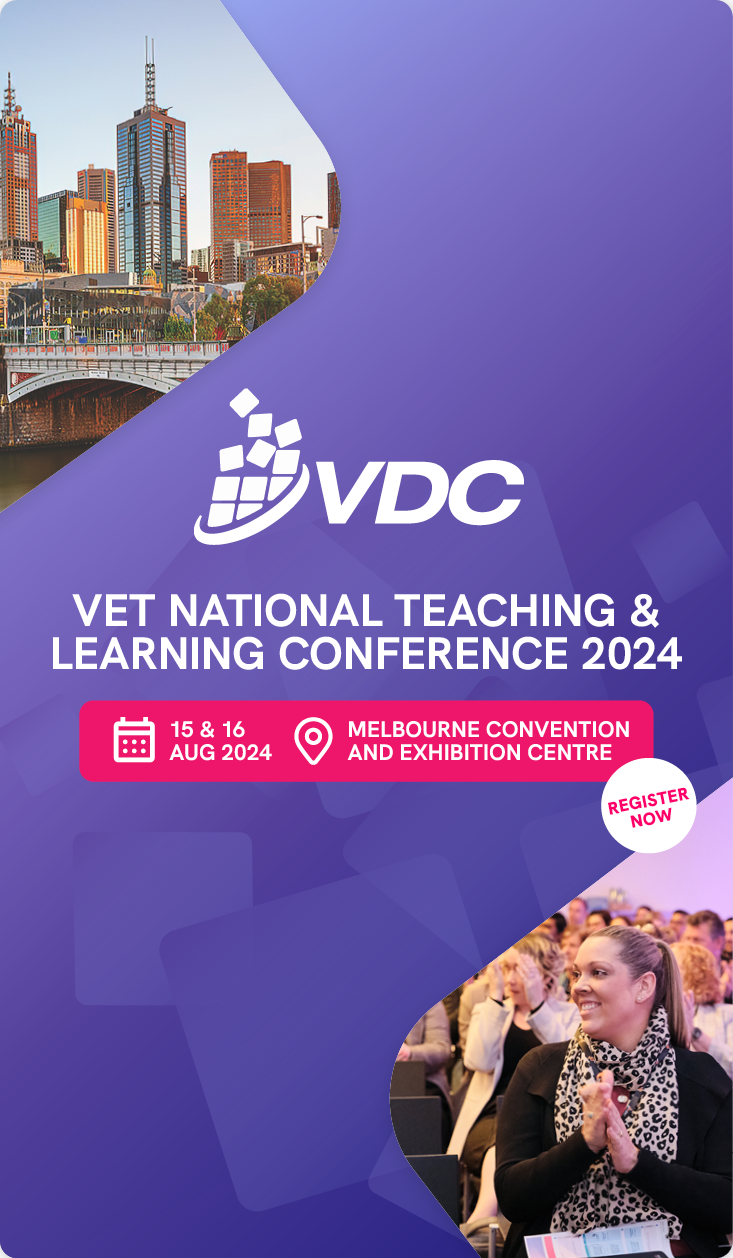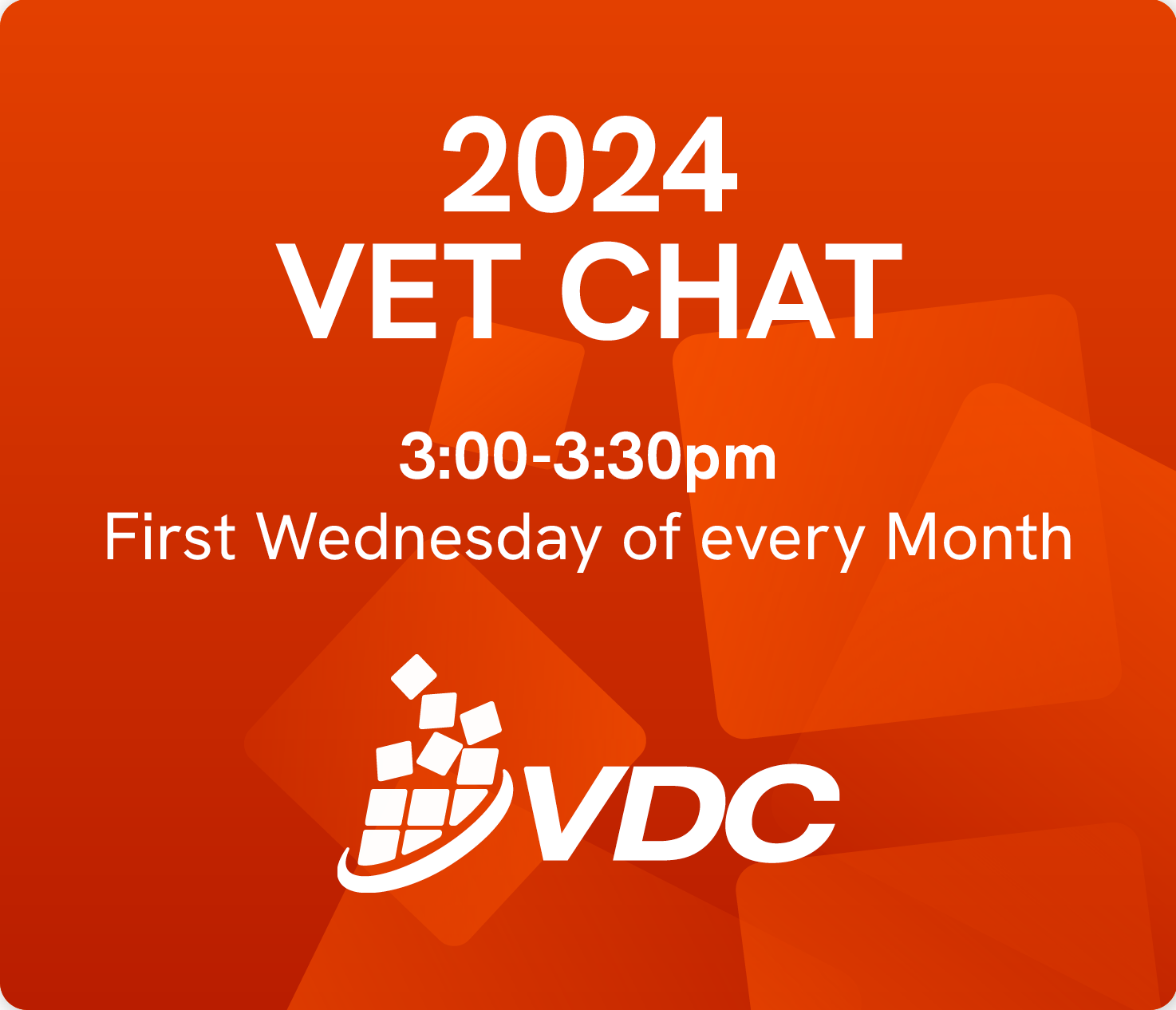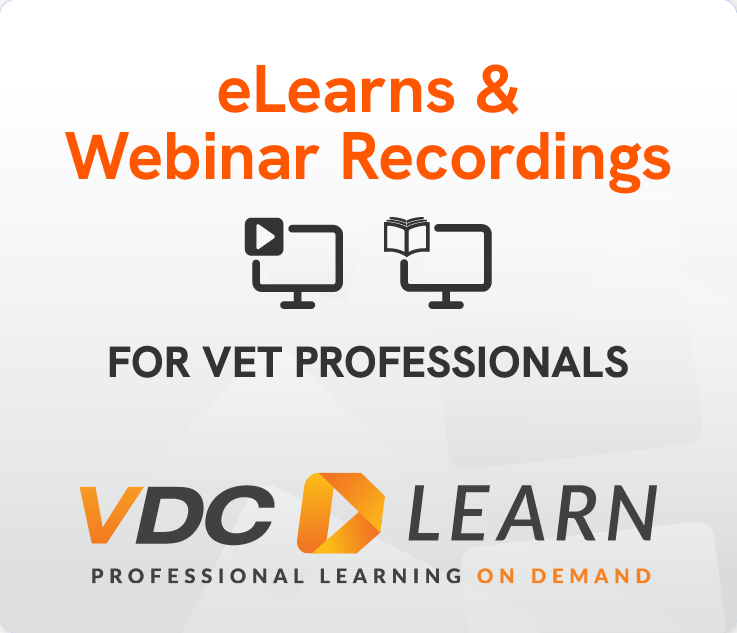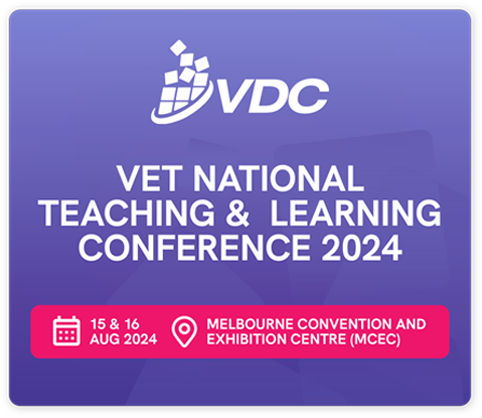A new report identifies educational technologies set to influence learning and teaching over the next 3-5 years.
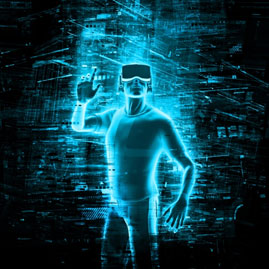
Innovations in educational technology have not reached the end of the road. A new report from the National Centre for Student Equity in Higher Education (NCSEHE) examines five emerging educational technologies now well developed enough to influence, over the next 3-5 years, how we go about educational program design, delivery and assessment.
A professional learning priority
Immersed in the future: A roadmap of existing and emerging technologies for career exploration (34 pages) takes us through the opportunities presented by, virtual reality, augmented reality, haptics, tangibles and video media. It’s time to take them out of the curiosity basket and put them in the professional learning in-tray.
The NCSEHE report, released in October, describes these technologies and looks at how educators can deploy them. Let’s take two examples.
Immersive Virtual Reality
Immersive Virtual Reality (IVR) can involve a head-mounted display which ‘obscures the user’s vision entirely to create a more immersive experience in the virtual environment.’ A good instance of how this works is Whyville,
… an online game-based learning site for students aged 8-14 years. Users can explore, play and interact with each other while engaging in problem-solving in science and mathematics. They have the opportunity to make and spend virtual money, and can even run their own virtual business.
Part of the message here for VET educators is that school students are already using IVR. Many future VET learners will know how to use technologies like IVR, and will have expectations about their deployment in learning programs.
Haptics
IVR is an active educational technology option right now. Haptics may be further over the horizon. They are likely, nonetheless, to have specific applications in skill-oriented learning, including trade qualifications and skill sets. NCSEHE’s report describes haptics like this:
Haptic devices allow a user to sense and manipulate 3D virtual objects. With haptic devices users can feel the shape, weight, texture and temperature of a virtual object. Haptics aim to provide tactile feedback so that virtual objects have a physical presence. This is accomplished by simulating sensory features and providing the user with a deeper level of feedback interaction.
Haptics are already in play in a number of fields. The report provides an example of haptics used in medical training to simulate venepuncture (the procedure for taking a blood sample from a vein),
… which allows students to experience sensory feedback while practicing inserting a needle into a virtual representation of an arm. In this simulation haptic feedback allows students to feel physical resistance similar to a real procedure.
It’s a matter of when, not if, we tangle with these emerging educational technologies. We learned from the speed with which learning management systems became part of the virtual educational furniture that it’s best to tangle sooner rather than later.
